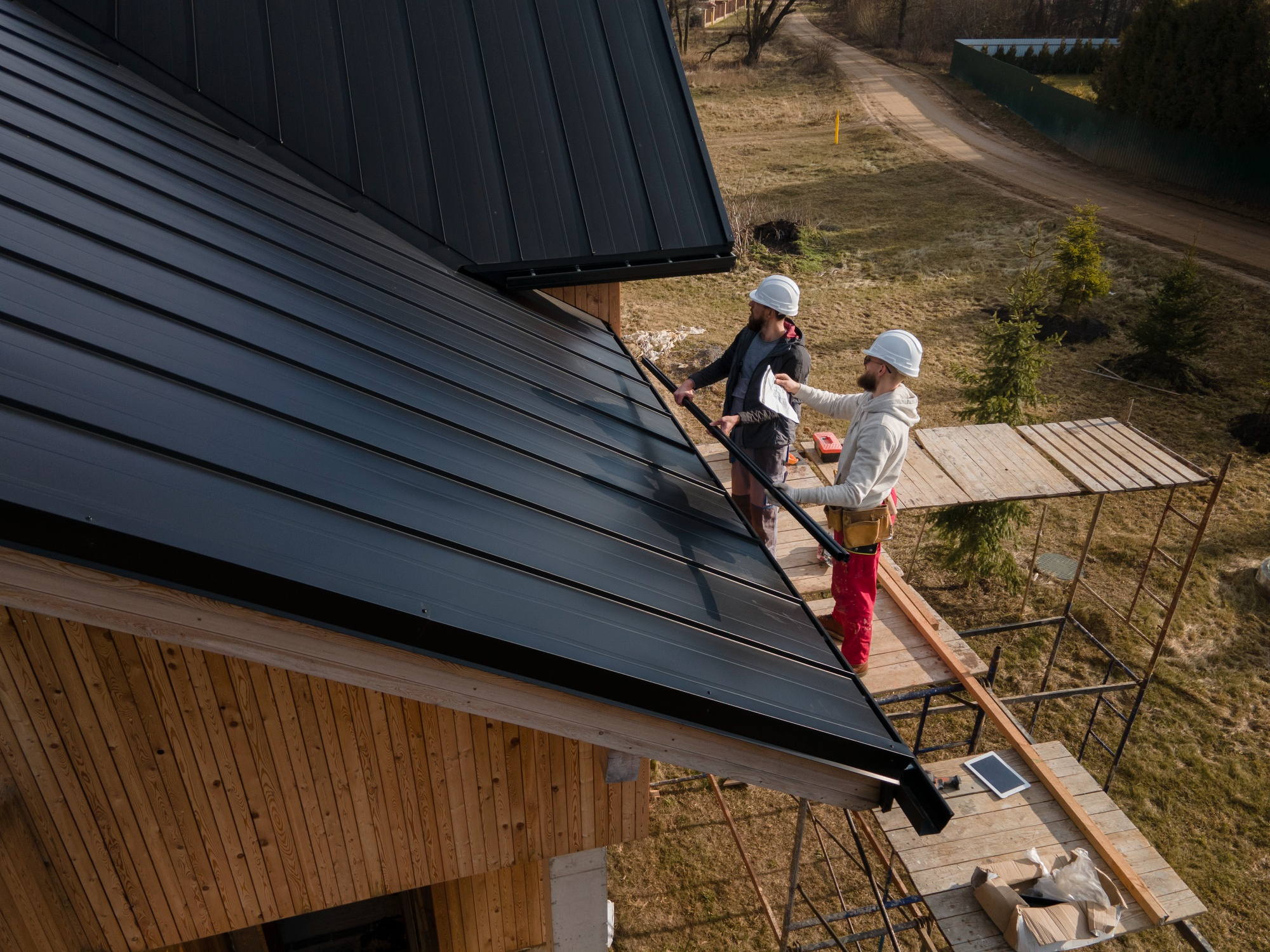A roof rarely fails all at once — it shows warning signs long before major damage occurs. One of the most common signs is visible shingle wear, such as curling, cracking, or missing shingles. When shingles start to lose their protective granules, you might notice granule dust in your gutters, which means your roof is aging and vulnerable to leaks. Water stains on ceilings or walls are another red flag, indicating moisture is slipping through weak points in the roof and into your home. You may also notice drafts, increased energy bills, or uneven indoor temperatures, which often point to ventilation issues or insulation damage caused by roof deterioration.

Your roof won’t always leak to show a problem — sometimes the signs are silent. Inspect early, repair early.
Another important sign is sagging in certain areas of the roof, which suggests structural damage beneath the surface — this should be addressed immediately, as it could lead to collapse if ignored. After storms, look for dents, cracked tiles, lifted shingles, or damaged flashing around chimneys and vents. These small openings can quickly grow into major leaks. Even mold growth or a musty smell in the attic can indicate trapped moisture working its way in from the roof.
Addressing these issues early can save you thousands in repair costs and prevent full roof replacement. If you notice any of these signs — no matter how small — it’s important to schedule a professional roof inspection. Quick, timely repairs keep your roof strong, protect your home’s value, and ensure your family stays safe and dry.


